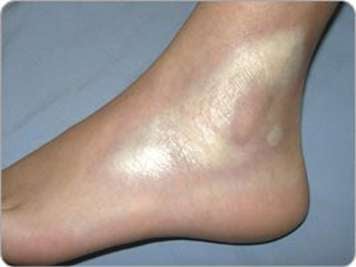Introduction
Signs and symptoms
Causes, risk factors and prevalence
Spread, phase, course of disease
Diagnosis
Treatment
Prevention
Complications
Helping your child
Follow-up care
When to seek medical attention
